Are These Foods Doomed To Disappear? (Slideshow)
One particularly devastating disease known as Panama disease is threatening the world's supply of bananas. In the 1950s, the popular banana known as Gros Michel, produced at plantations in Latin America, was wiped out by Panama disease. For years, the disease has attacked Cavendish banana plantations in the Amazon and Southeast Asia. Most recently, it's jumped continents and spread to Jordan and Mozambique, threatening plantations in Middle East and Africa.
Bluefin Tuna
Named by the World Wildlife Fund as the sixth most threatened species in the world, the Bluefin tuna is quickly declining from overfishing. Efforts to improve and control harvesting of the critically endangered fish have generally been unsuccessful.
Chocolate
Rising temperatures and changing rainfall patterns from global warming are creating unsuitable conditions for growing the chocolate crop, cocoa. Half of the world's cocoa comes from Ghana and Côte d'Ivoire in West Africa, where cocoa crops are considerably affected by the changing weather.
Coffee
Honey
Without honeybees, there would be no honey. Over the last several years, more than one-third of honeybee colonies in the United States have been wiped out from a disease called Colony Collapse Disorder.
Maple Syrup
Production of maple syrup, the pancake's partner-in-crime, is declining due to lower levels of rain acidity, extreme weather conditions, and pest infestations from global warming.
Salmon
Salmon, one of the world's favorite fish to eat, is threatened by river damming, rising stream and river temperatures from climate change, diseases such as whirling disease and ichthyophoniasis, and pollution.
Whitefish
Many of our favorite fish foods, including fish sticks, fish and chips, frozen fish fillets, and fish burgers are made with fish that fall under a category known as whitefish. These fish include pollock, haddock, hoki, hake, cod, redfish, roughies, whiting, and Chilean sea bass. They exist all over the world, and most species are overfished for commercial harvesting, with classification ranging from vulnerable to endangered.
